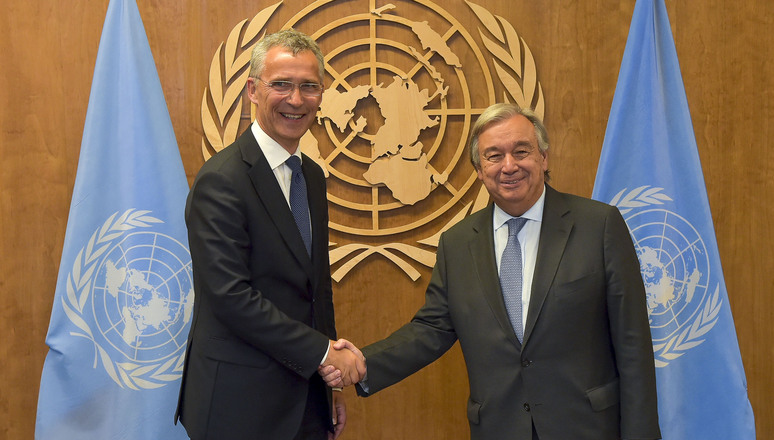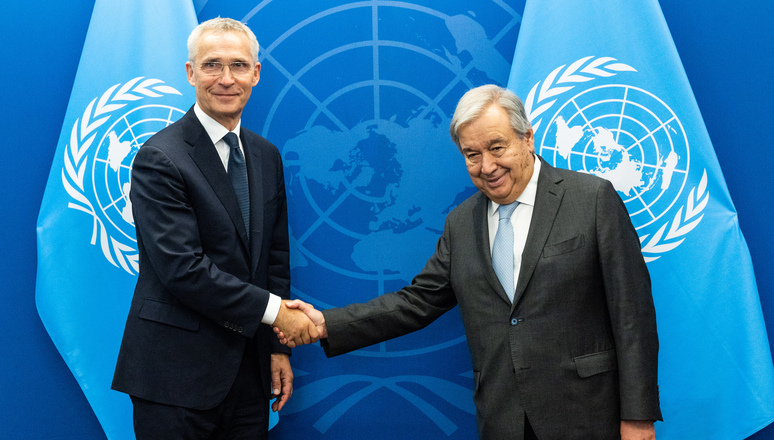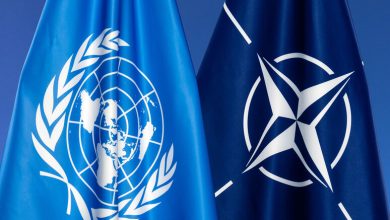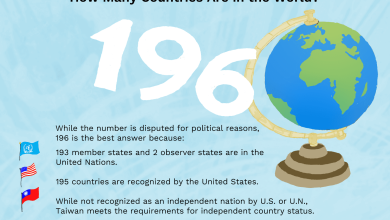Is United Nations NATO? Unveiling Their Key Differences
No, the United Nations is not NATO. They are two distinct organizations with different missions and structures.
The United Nations (UN) is an international organization founded in 1945. It aims to promote peace, security, and cooperation among countries. NATO, or the North Atlantic Treaty Organization, was established in 1949 as a military alliance. Its primary goal is collective defense against aggression.
While both entities work towards global stability, their approaches and memberships differ significantly. The UN focuses on diplomatic and humanitarian efforts, while NATO emphasizes military collaboration among member states. Understanding these differences is crucial for grasping their roles in international relations.

Credit: www.nato.int
Origins And Founding
The United Nations (UN) and NATO are different groups. The UN was created after World War II to promote peace. NATO, or the North Atlantic Treaty Organization, was formed to protect against threats. Both have different goals and purposes.
| Organization | Founding Members |
|---|---|
| United Nations | 51 countries, including the USA, UK, and China |
| NATO | 12 countries, including the USA, UK, and France |
Core Objectives
The United Nations and NATO aim to promote global peace and security. While the UN focuses on international cooperation, NATO is a military alliance. Both organizations work towards stability but operate through different mechanisms and memberships.
Peacekeeping And Security
The United Nations works to keep peace. UN peacekeepers help stop wars. They protect people in danger. The UN also helps countries rebuild after wars.
NATO also aims for peace and security. NATO members defend each other. An attack on one is an attack on all. They work together to solve conflicts.
Collective Defense
NATO has a strong focus on defense. All members agree to protect each other. This is called collective defense. It means all members will help if one is attacked.
The UN focuses more on global peace. It does not have a collective defense pact. The UN uses dialogue and peacekeeping forces instead.
Organizational Structure
The United Nations has six main bodies. The General Assembly includes all member countries. It discusses and decides on global issues. The Security Council focuses on maintaining peace and security. It has 15 members, 5 of which are permanent. The International Court of Justice settles legal disputes between countries. The Secretariat carries out the day-to-day work of the UN. The Economic and Social Council promotes international economic and social cooperation. The Trusteeship Council manages trust territories.
The UN General Assembly votes on resolutions. Each member country has one vote. Important issues need a two-thirds majority. The Security Council makes decisions on peacekeeping. Only 9 out of 15 votes are needed. But any permanent member can veto. The International Court of Justice makes binding rulings. Countries must follow these rulings. The Economic and Social Council uses a simple majority for decisions. The Trusteeship Council also uses a majority vote.
Membership And Participation
The United Nations (UN) is a global organization. It includes almost every country in the world. The North Atlantic Treaty Organization (NATO) is a regional alliance. It mainly includes countries from North America and Europe. Both organizations aim to promote peace and security. But their scopes are different. The UN addresses global issues. NATO focuses on regional security.
The UN has 193 member countries. Any country can join the UN. It must agree to the UN Charter. NATO has 31 member countries. Only countries in North America and Europe can join NATO. A country must meet certain political and military standards to become a NATO member.
Operational Differences
The United Nations (UN) focuses on diplomatic efforts to maintain peace. It uses negotiations and resolutions to solve conflicts. The North Atlantic Treaty Organization (NATO) focuses on military defense. It uses armed forces to protect its members. The UN rarely uses military force. NATO often prepares for military action.
The UN needs approval from many countries to act. It often seeks international consensus. NATO requires agreement from fewer members. It can act more swiftly. UN interventions aim for peacekeeping. NATO’s actions often focus on defense and security.

Credit: www.nato.int

Credit: www.nato.int
Frequently Asked Questions
Are Nato And United Nations The Same?
No, NATO and the United Nations are not the same. NATO focuses on military alliances, while the United Nations addresses global issues. Both organizations have different missions and structures.
Who Controls The United Nations?
The United Nations is controlled by its member states. Decisions are made by the General Assembly, Security Council, and other bodies.
When Did The Un Become Nato?
The UN and NATO are separate organizations. The UN was founded in 1945, while NATO was established in 1949. They did not merge.
Who Protects The United Nations?
The United Nations is protected by its own security service, the UN Department of Safety and Security. Member states also provide peacekeeping forces for additional protection.
Conclusion
Understanding the differences between the United Nations and NATO is essential. Each organization has unique roles and missions. The UN focuses on global peace and development, while NATO ensures collective security. Awareness of these distinctions helps in appreciating their contributions to international stability.
Stay informed to better grasp global affairs.



